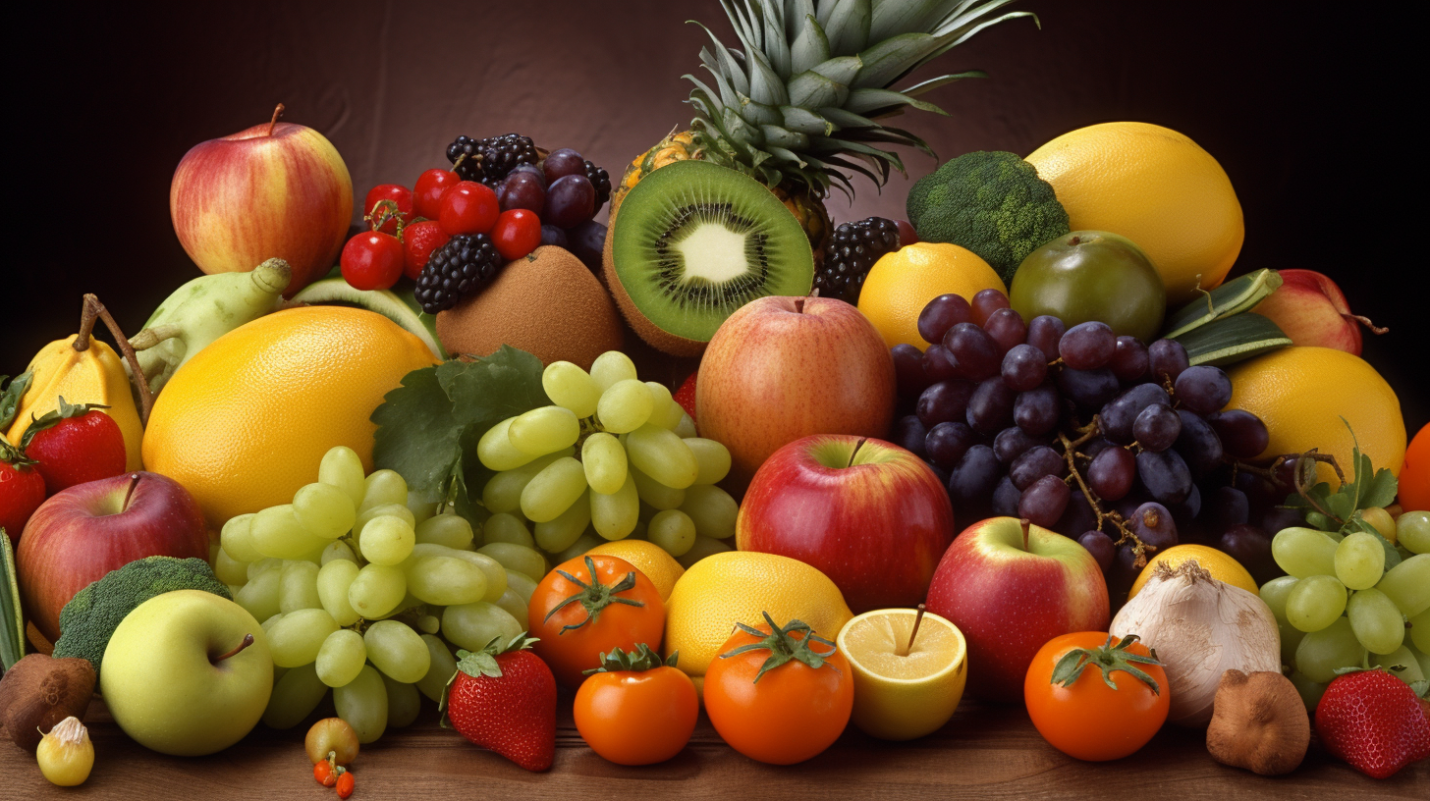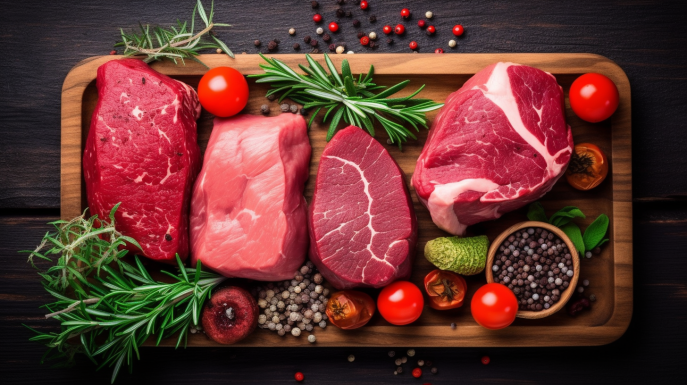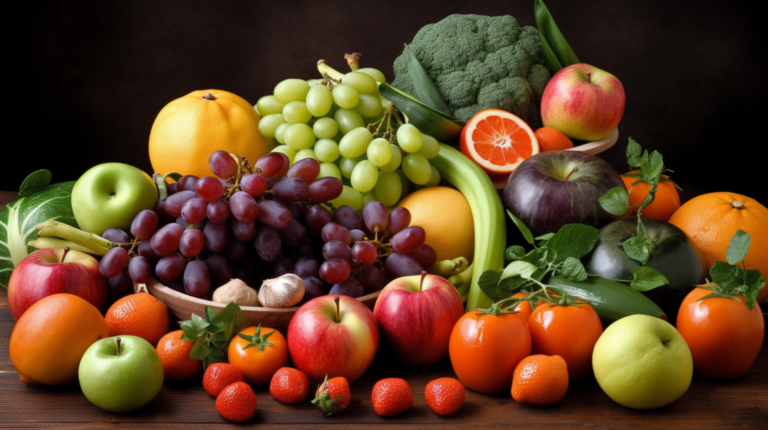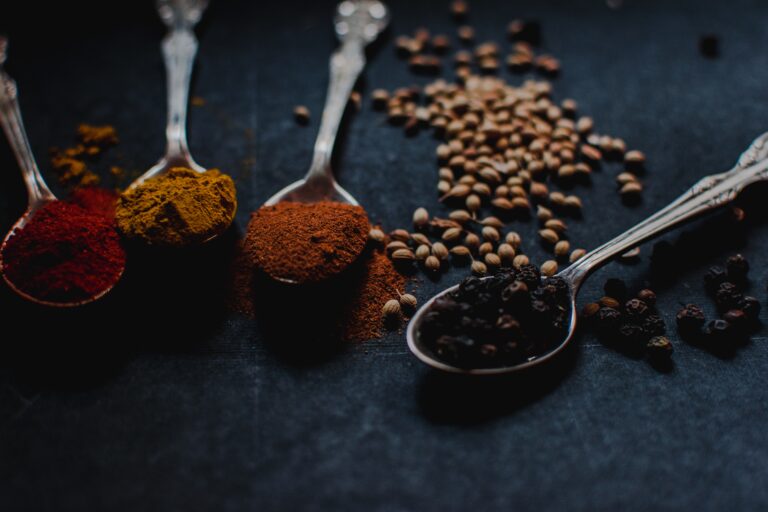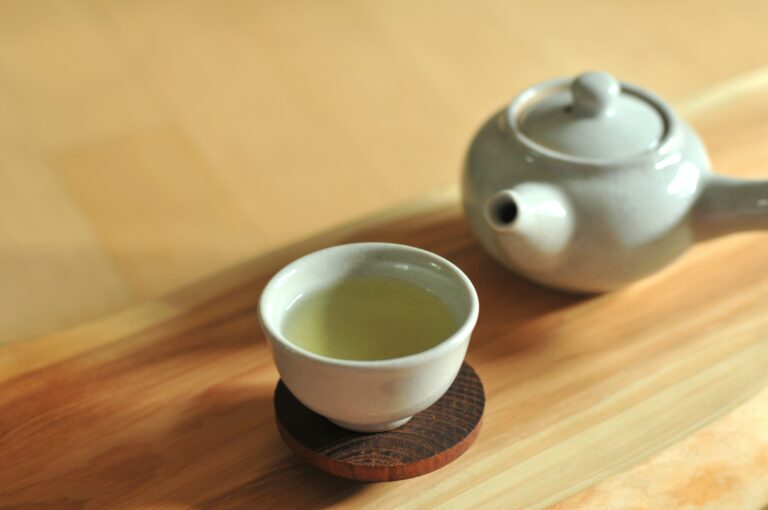Eat Your Way to Joint Pain Relief: A Guide to Diet and Cooking for Joint Pain Relief
If you suffer from joint pain, you know how much it can impact your quality of life. From limiting your mobility to interfering with sleep and daily activities, joint pain can be a constant source of frustration. While there are many treatments available, one often-overlooked solution is your diet. By making a few simple changes to your diet and cooking habits, you can help reduce inflammation and ease joint pain.
Focus on Anti-Inflammatory Foods
One of the most important steps you can take to alleviate joint pain is to eat a diet rich in anti-inflammatory foods. This means focusing on fruits and vegetables, whole grains, lean protein sources, and healthy fats like avocado, nuts, and olive oil. These foods help reduce inflammation in the body, which can help ease joint pain and improve overall health.
Add More Omega-3 Fatty Acids to Your Diet
Omega-3 fatty acids are another important component of an anti-inflammatory diet. These healthy fats can be found in fatty fish like salmon, mackerel, and sardines, as well as in flaxseeds, chia seeds, and walnuts. Omega-3s have been shown to reduce inflammation in the body and can help alleviate joint pain.
Cut Back on Processed Foods
Processed foods are often high in sugar, salt, and unhealthy fats, all of which can contribute to inflammation in the body. By cutting back on processed foods and focusing on whole, unprocessed foods, you can help reduce inflammation and ease joint pain.
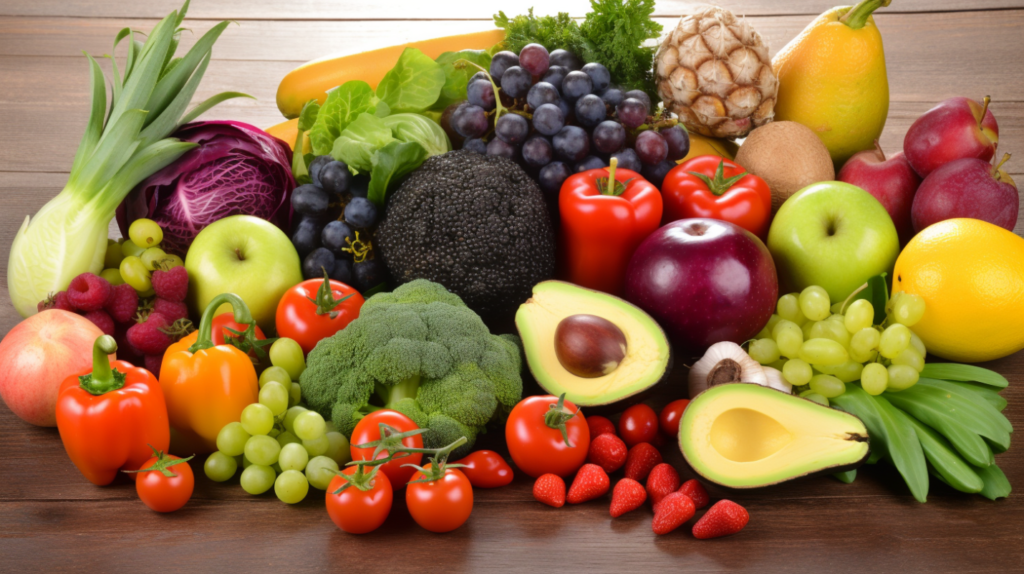
Use Herbs and Spices for Flavor
Instead of relying on salt and sugar for flavor, try using herbs and spices to add flavor to your meals. Many herbs and spices, like turmeric, ginger, and garlic, have anti-inflammatory properties that can help ease joint pain.
Experiment with Alternative Cooking Methods
Certain cooking methods can help retain more nutrients in your food, which can be beneficial for joint health. For example, steaming and stir-frying are great ways to cook vegetables while maintaining their nutrient content. Pressure cooking and slow cooking can also be beneficial for preserving nutrients in meats and grains.
Avoid Trigger Foods
While there are many foods that can help reduce inflammation and ease joint pain, there are also foods that can trigger inflammation and worsen joint pain. Some common trigger foods include processed foods, sugary drinks, fried foods, and foods high in saturated and trans fats. By avoiding these trigger foods, you can help reduce inflammation and alleviate joint pain.
Stay Hydrated
Drinking plenty of water is essential for joint health. Water helps keep your joints lubricated and can help reduce inflammation in the body. Aim to drink at least eight glasses of water per day, and consider adding herbal teas and other hydrating beverages to your diet as well.
Conclusion
By following these simple diet and cooking tips, you can help reduce inflammation in the body and alleviate joint pain. While there is no single “miracle” food or diet that can cure joint pain, making small changes to your diet can make a big difference in how you feel

